1. Parsec
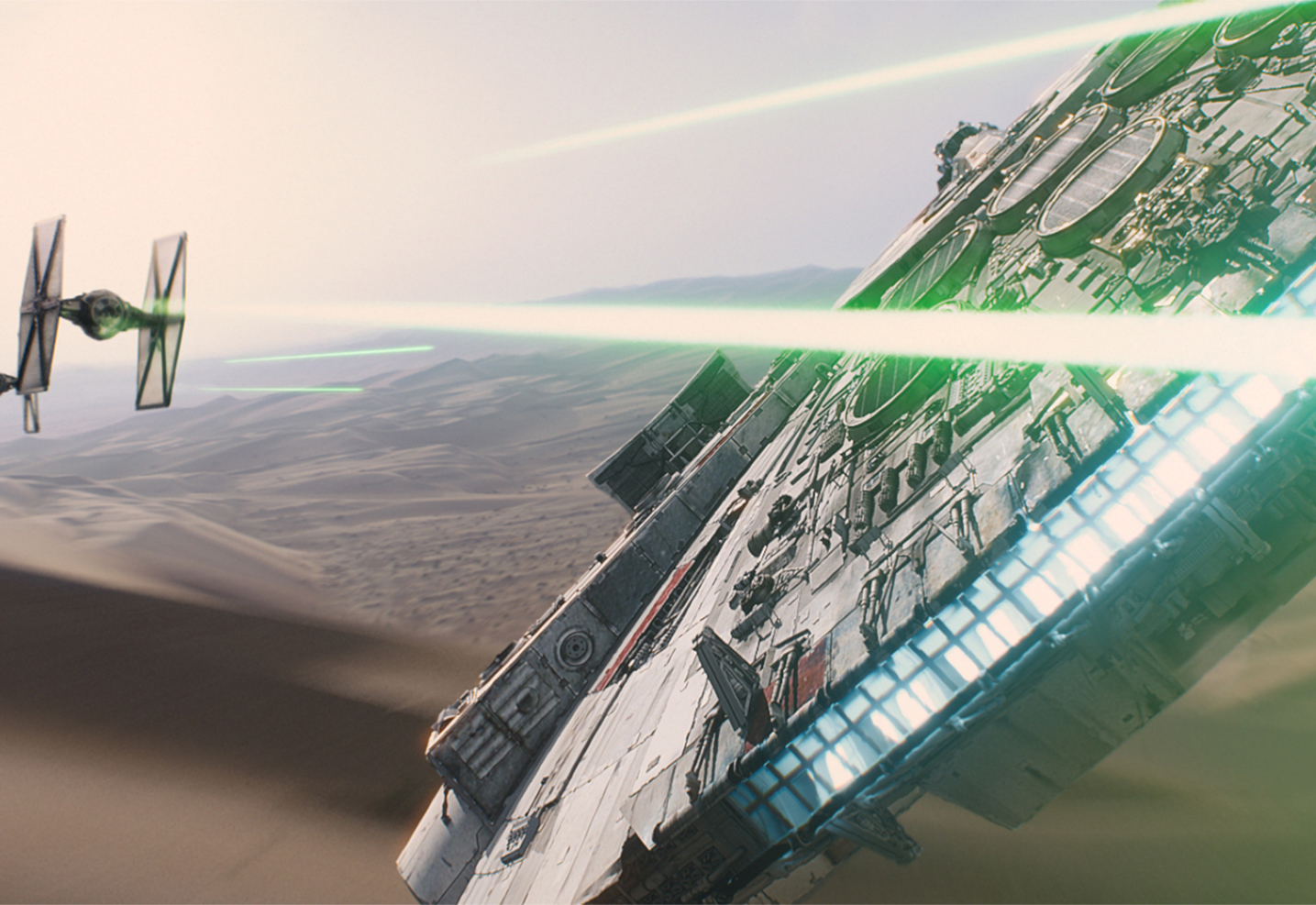
In "Star Wars IV: A New Hope," Han Solo boasts that the Millennium Falcon did the Kessel Run in 12 parsecs. A parsec is a real term used in physics. What is a parsec?

Do you know more about the Milky Way, or a galaxy far, far away? Test your knowledge and discover if you're a Padawan … or a Jedi Master.

In "Star Wars IV: A New Hope," Han Solo boasts that the Millennium Falcon did the Kessel Run in 12 parsecs. A parsec is a real term used in physics. What is a parsec?
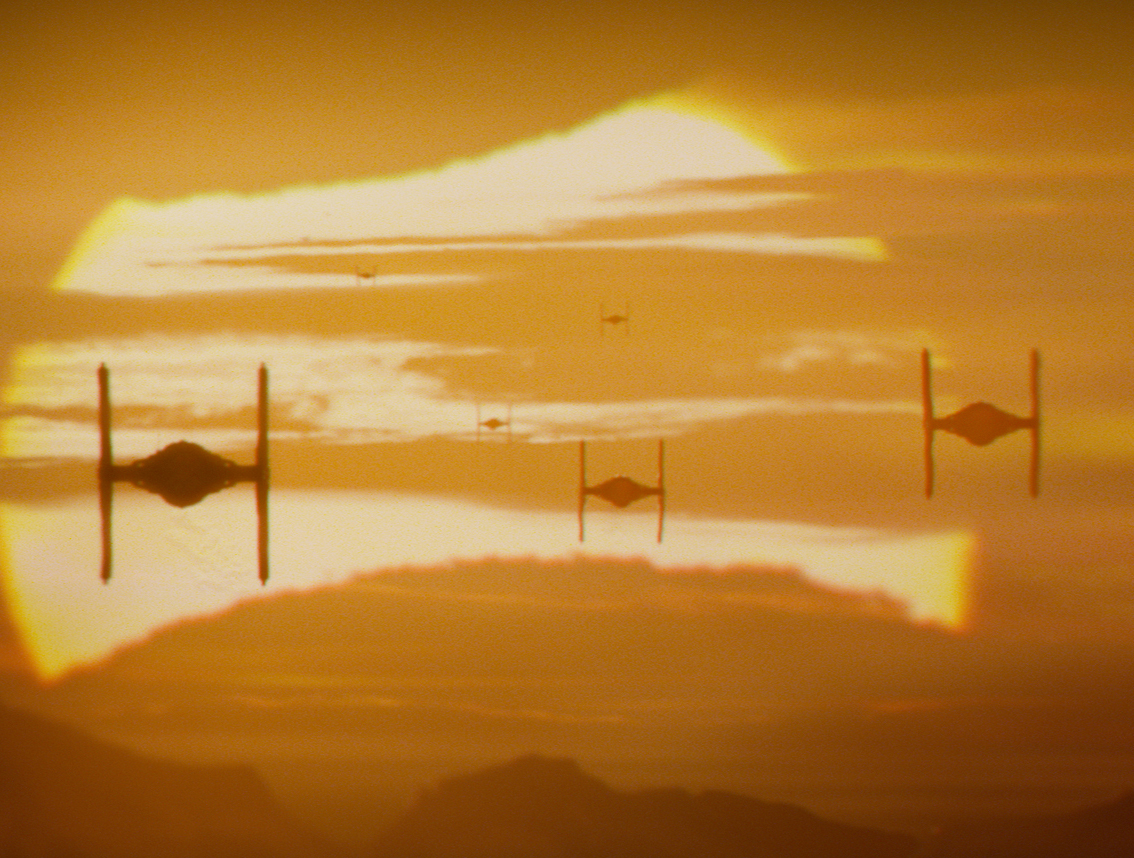
TIE fighters (Twin Ion Engines) use ion propulsion. This type of propulsion is also used by actual NASA spacecraft.


The first Death Star, seen in "Rogue One " and "A New Hope," is the size of

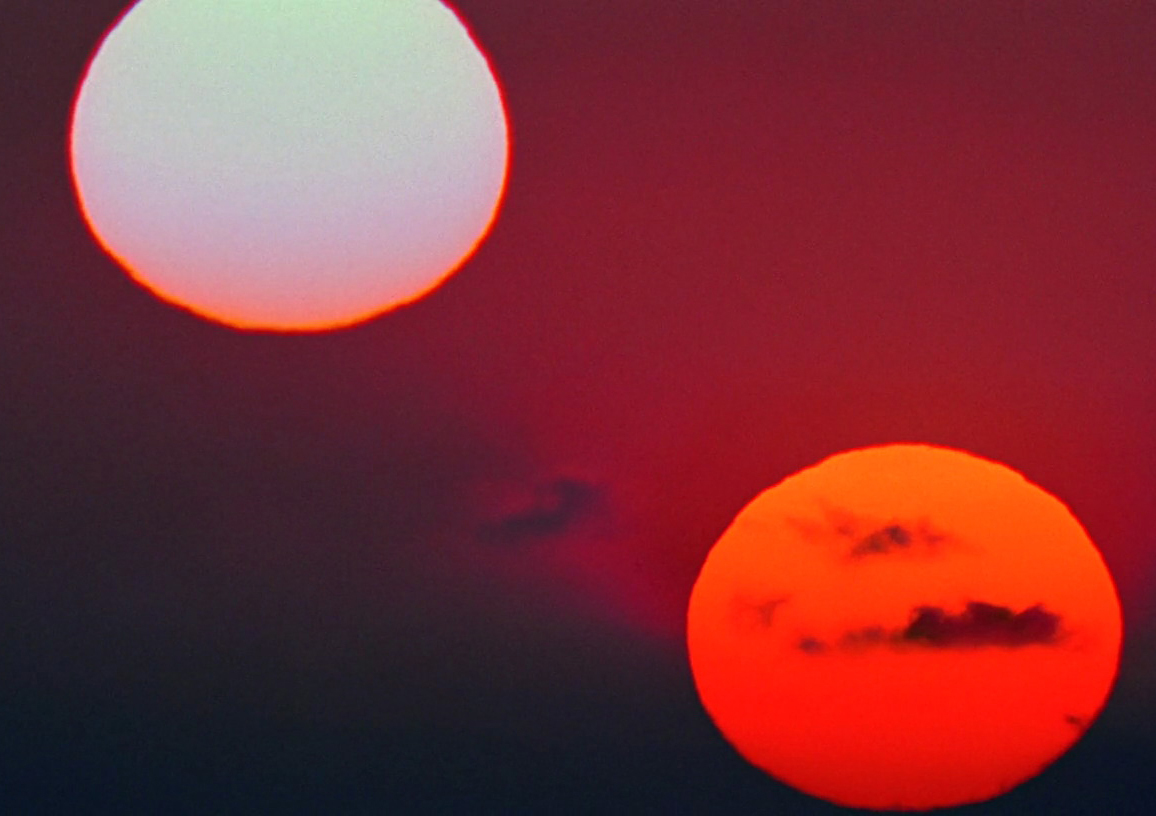
A planet with two suns is

"Star Wars" is set in a galaxy far, far away. How far away is our closest galaxy?

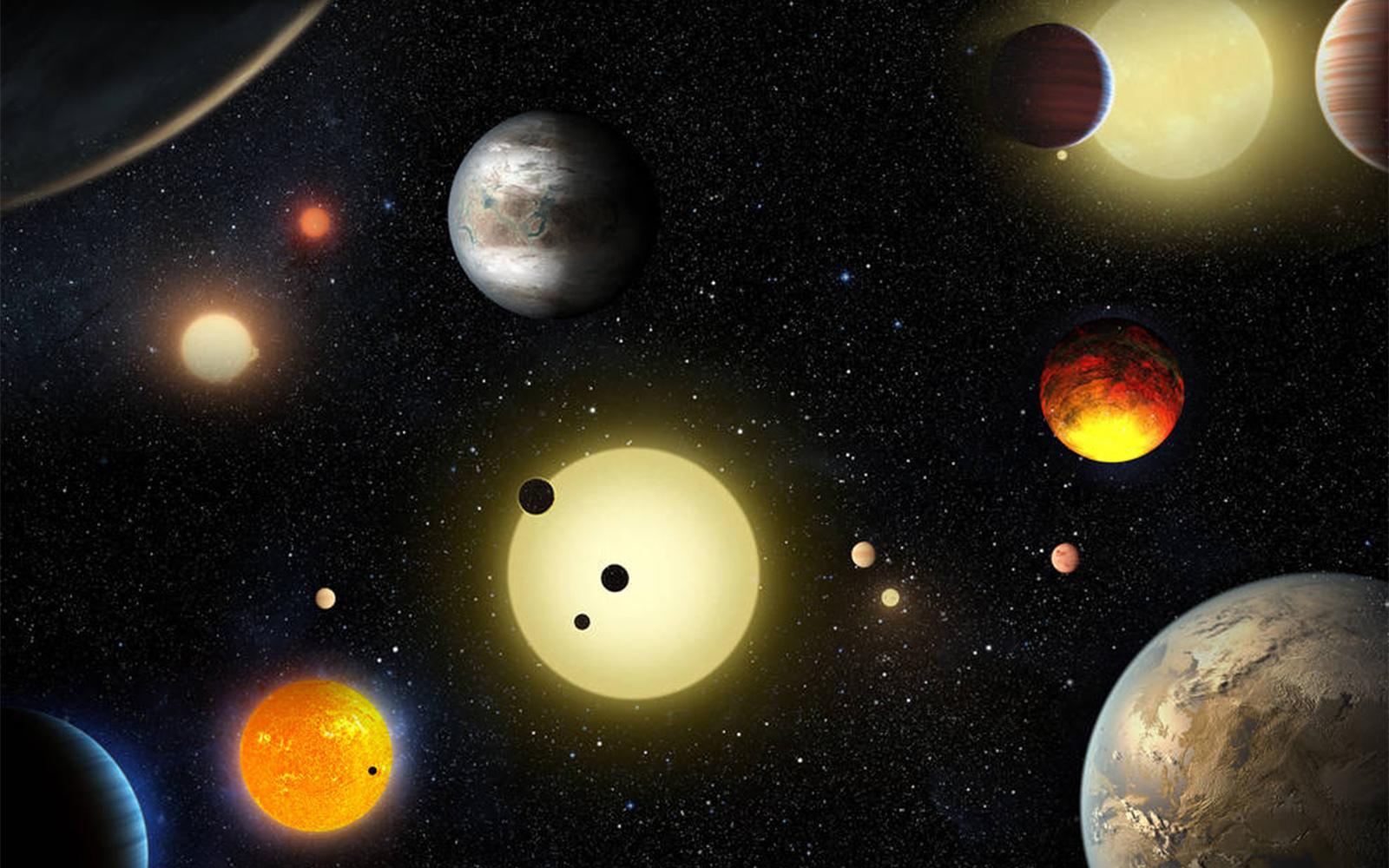
Desert planets like Tatooine, Jakku, and Jedha are thought to be

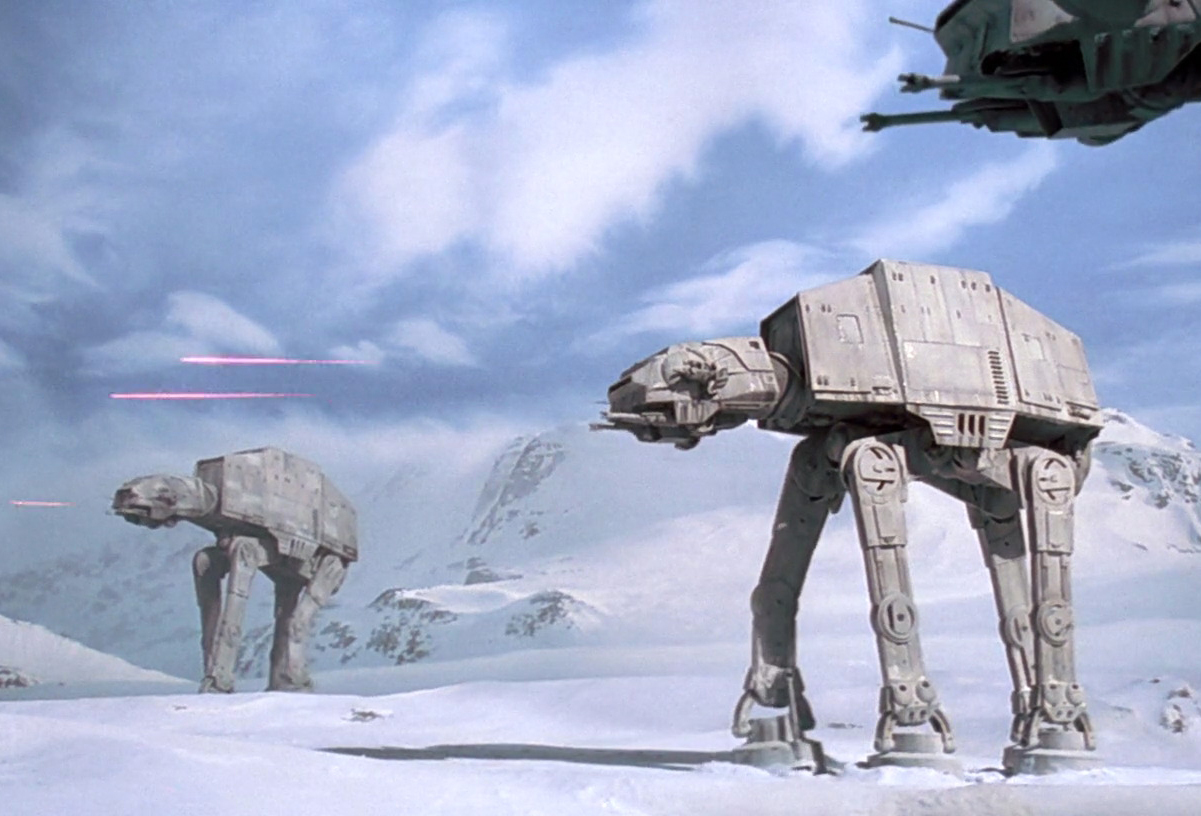
The ice planet Hoth is featured in " Star Wars V: The Empire Strikes Back." Hoth is also the name of a real planet in our galaxy.


Which of the following Death Star technologies would be possible today?


In "The Empire Strikes Back," the Millennium Falcon dodges asteroids. Could it face a similar peril flying through our asteroid belt?

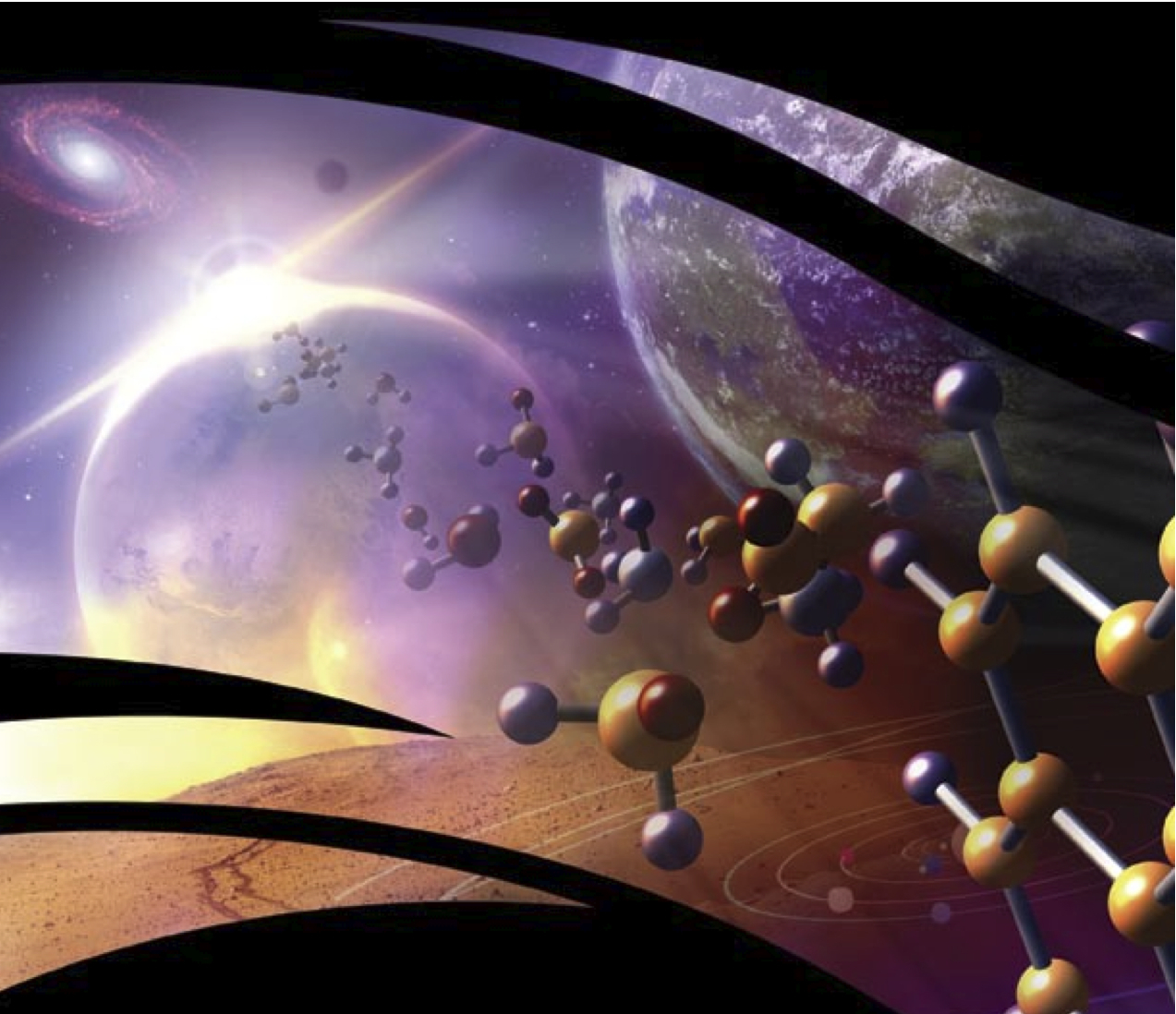
NASA is still looking for signs of extraterrestrial life. What chemicals in another planet’s atmosphere are scientists particularly interested in?
